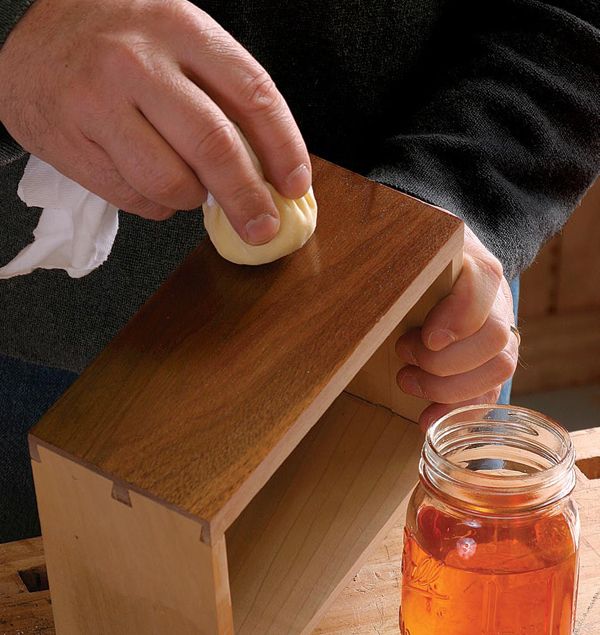The Virtues of Black Walnut
Long favored by furniture makers, it's beautiful, plentiful. and easy to work
Synopsis: Modern, with a traditional background, black walnut (Juglans nigra) has been a favorite of American woodworkers since before the country was born. It’s been a favorite of retired forestry researcher Boyd A. Hutchison since his youth. Why so popular? This is a wood that machines beautifully, taking a clear, crisp, sculpted edge. Handplaned, even unfinished, it has a silky-smooth and deeply lustrous surface. Its dark color accentuates subtle contours, and it accepts finishes without peer.
Fresh out of high school and working to earn college tuition, I spent several summer days helping to tear down an old timberframe barn in northern Ohio.
As my employer and I began crosscutting a timber to remove it, we noticed that the sawdust was a beautiful purple-brown. The timbers framing his barn were, each and every one, black walnut.
After nearly 50 years, I still find the memory painful. This was long before the heyday of salvaged barn lumber, and the owner was interested only in getting the old structure out of the way. We carried all of those beautiful walnut beams to the burn pile.
Modern, with a traditional background
Happily, plenty of black walnut has found better use as one of America’s most versatile and popular cabinetwoods. Reviewing the work of contemporary furniture-making icons such as George Nakashima, Tage Frid, and Sam Maloof, one sees a lot of this hardwood. But black walnut’s popularity goes back much further.
Native Americans ate the nuts, dyed animal skins with the hulls, and fashioned pipestems from walnut twigs. Colonists and pioneers found the easy-splitting, decay-resistant wood ideal for log- and timber-frame structures and for split-rail fences. From its earliest days, the U.S. military insisted on black-walnut gunstocks for their shock absorption, stability, and grip.
American furniture makers have always used black walnut, even if some overlooked its beauty—early homemade pieces often were finished with paint. The wood was popular for fine furniture in Colonial times but became even more so in the 19th century. In the Ohio farm country where I grew up, it seemed every family had a piece or two of heirloom solid-walnut furniture.
More recently, black walnut has seen periods of popularity as a cabinetwood, and times of weaker demand. Today, black-walnut lumber is relatively expensive; current prices for 4/4 stock are around $5.20 or more per board foot for select and better.
From Fine Woodworking #178
For the full article, download the PDF below:
Fine Woodworking Recommended Products

AnchorSeal Log and Lumber End-Grain Sealer

Ridgid R4331 Planer

DeWalt 735X Planer





















Log in or create an account to post a comment.
Sign up Log in